Is this a new dawn for social media? This week, we round up the latest developments covering new platforms, new ways of sharing content, and the shift to more authentic content.
This summer has seen lots of new developments in the world of social media. The glossy, glamorous, and filtered content we've become accustomed to on social media seems to be facing a bit of a challenge at present, with people seeking out more authentic content.
Will it last, and could this herald the dawn of a new and more raw and real age of social media?
We explore all of this and more in this five-minute round-up of must-know news for higher education marketers.
#1 BeReal's leap in growth
BeReal's no-filter photo-sharing philosophy and ‘not another social network' branding has seen its popularity surge this year among Gen Z.
An antidote to traditional social media, the platform's rapid growth reflects a thirst for more authenticity in life-showcasing apps.
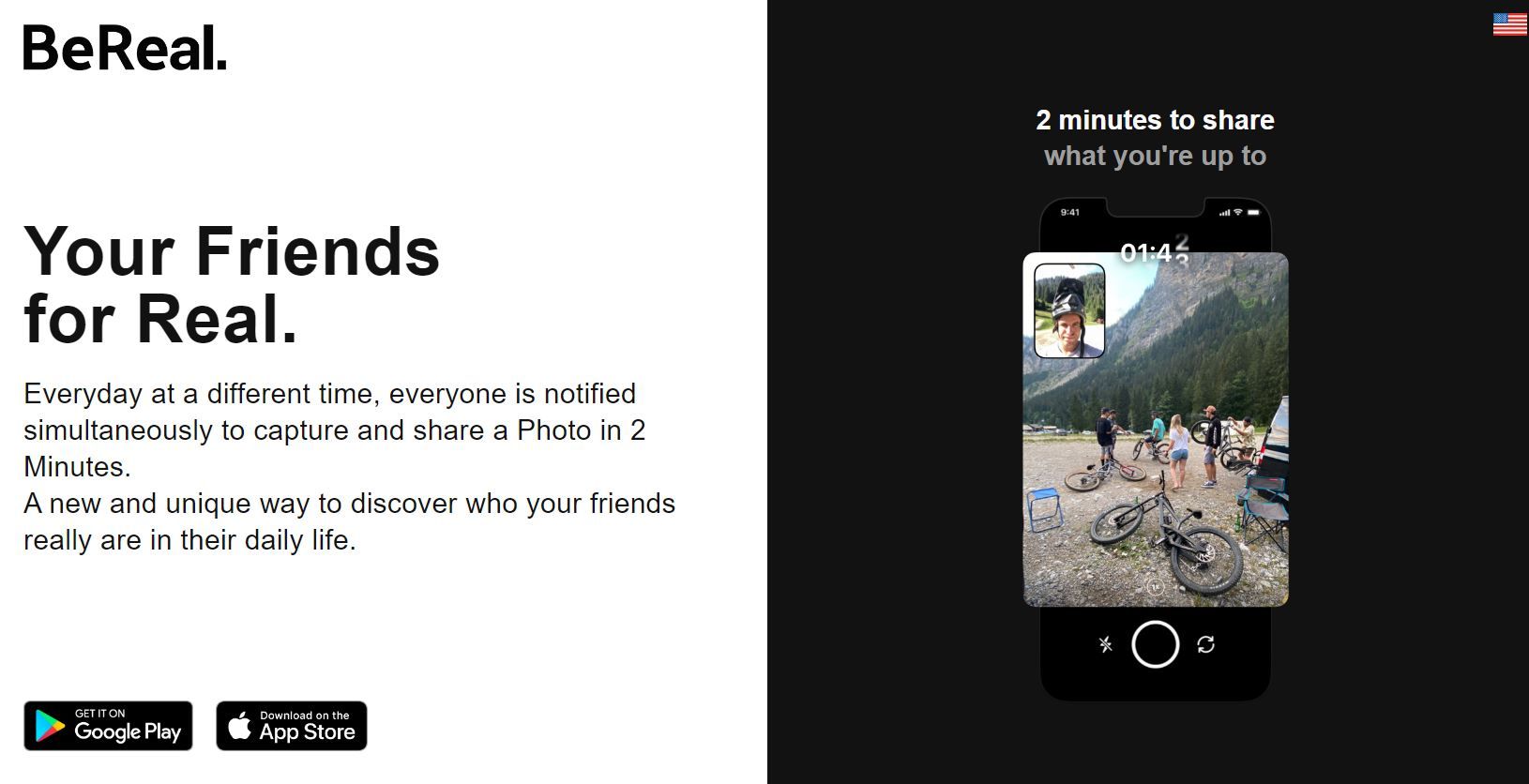
At a random time each day, BeReal's push notifications ask every user to ‘be real' and take a photo using their front and back cameras (a selfie, and an ‘environment' photo).
Users have two minutes to respond and post their picture (though they can post a ‘late' picture) and when they do, they can see other people's posts also.
The app initially targeted college students, using tactics like sponsoring frat parties, and now actively recruiting student ambassadors to spread the word.
So, its roots are firmly embedded in student culture.
But the app is built on the ethos of being a no-ad and no-influencer zone, so how can colleges tap into its success from a marketing perspective?
A lot remains to be seen here on whether this app is worth investing marketing time into. But the fact the app is so popular among university students and those approaching that milestone means it's an important one for higher education marketers to keep tabs on.
With its ‘authenticity' mission, BeReal encourages wannabe influencers to stick to TikTok or Instagram, but there is a discovery function that allows content to be seen by anyone, so BeReal users could technically grow their followers.
And there's definite potential in institutions opening a BeReal account to reach prospective recruits with behind-the-scenes content; some brands are already making a success of BeReal by sharing genuine, raw content.
If nothing else, the explosion in popularity of BeReal has taught us that audiences are responding positively to an unfiltered content approach; something to keep in mind for other social channels.
#2 Is Yik Yak back?
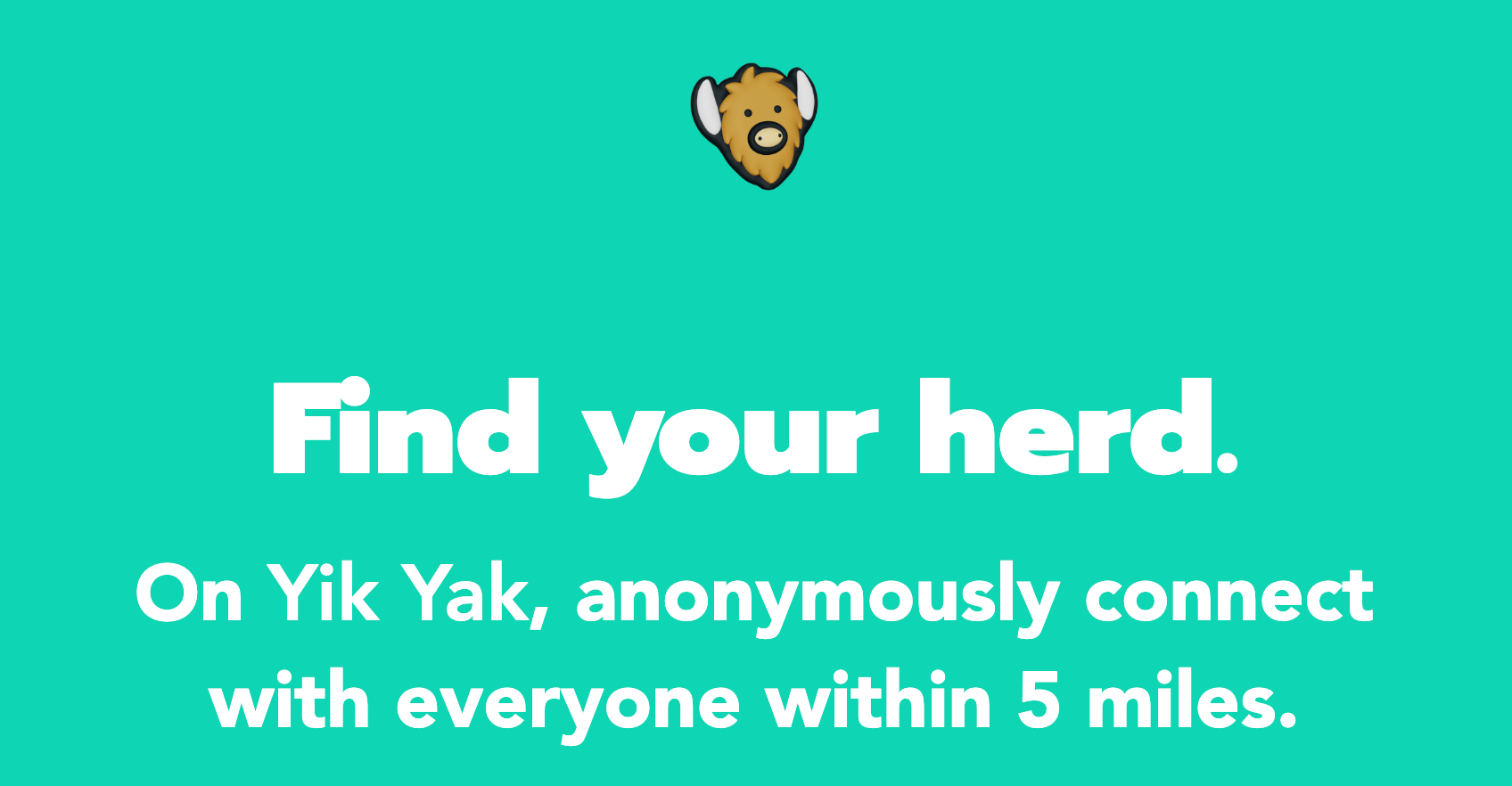
Another app with roots in college life, Yik Yak, is making a comeback.
Initially launched in 2012 but shut down in 2017 because of safety concerns and cyberbullying allegations, the anonymous social media network has relaunched recently with a series of "community guardrails," designed to guard against bullying, harassment, and the spread of personal information.
The app's format allows users to share anonymous short text posts and comment on those within a five-mile radius, making it ideal for building community on campus.
And, like Reddit, content can be upvoted and downvoted.
While still controversial in terms of privacy and misinformation, it's a potential tool for universities looking to tap into local engagement and definitely one to keep an eye on.
#3 Make Instagram Instagram again
A petition that has now reached more than 300,000 signatures, and was even shared by Kylie Jenner and Kim Kardashian, is calling on Instagram to revert to its original chronological timeline format.
It asks for Instagram to "stop trying to be TikTok" and revisit "an algorithm that favors photos."
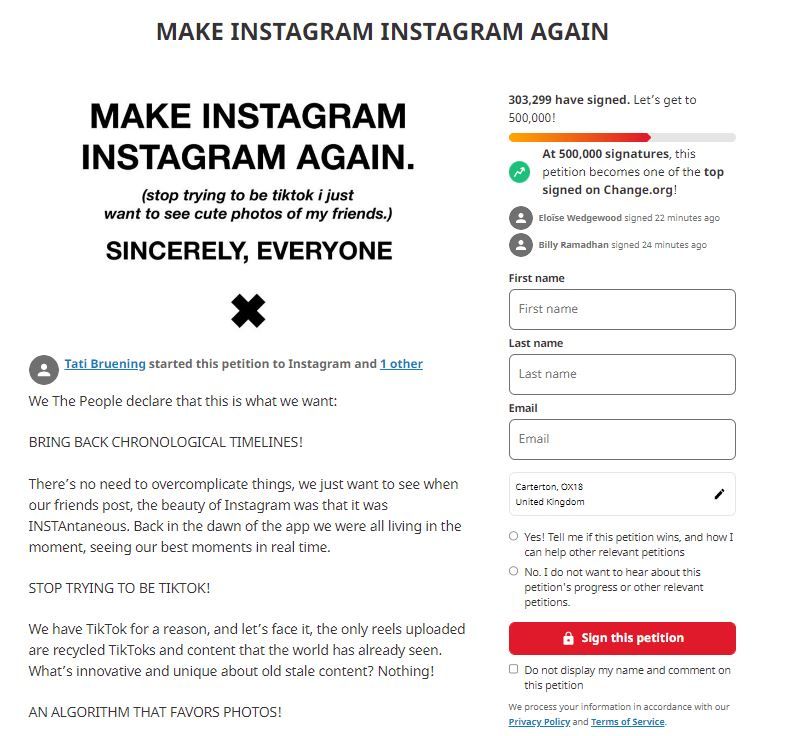
Instagram chief Adam Mosseri initially responded to this saying he understood some of the frustration but that the app's approach was based on usage trends and would be sticking to its path.
The Meta CEO went further and announced that the amount of AI content displayed in feeds would double over the next year.
However, Mosseri later appeared to backtrack on his earlier comments in an interview with Platformer, saying that Instagram would temporarily take a step back from recommended content while it works on personalization, and would pause its experiment with a TikTok-like full-screen viewing experience.
There's little doubt that video remains its future, but it will be interesting to see how this one plays out.
#4 YouTube Shorts
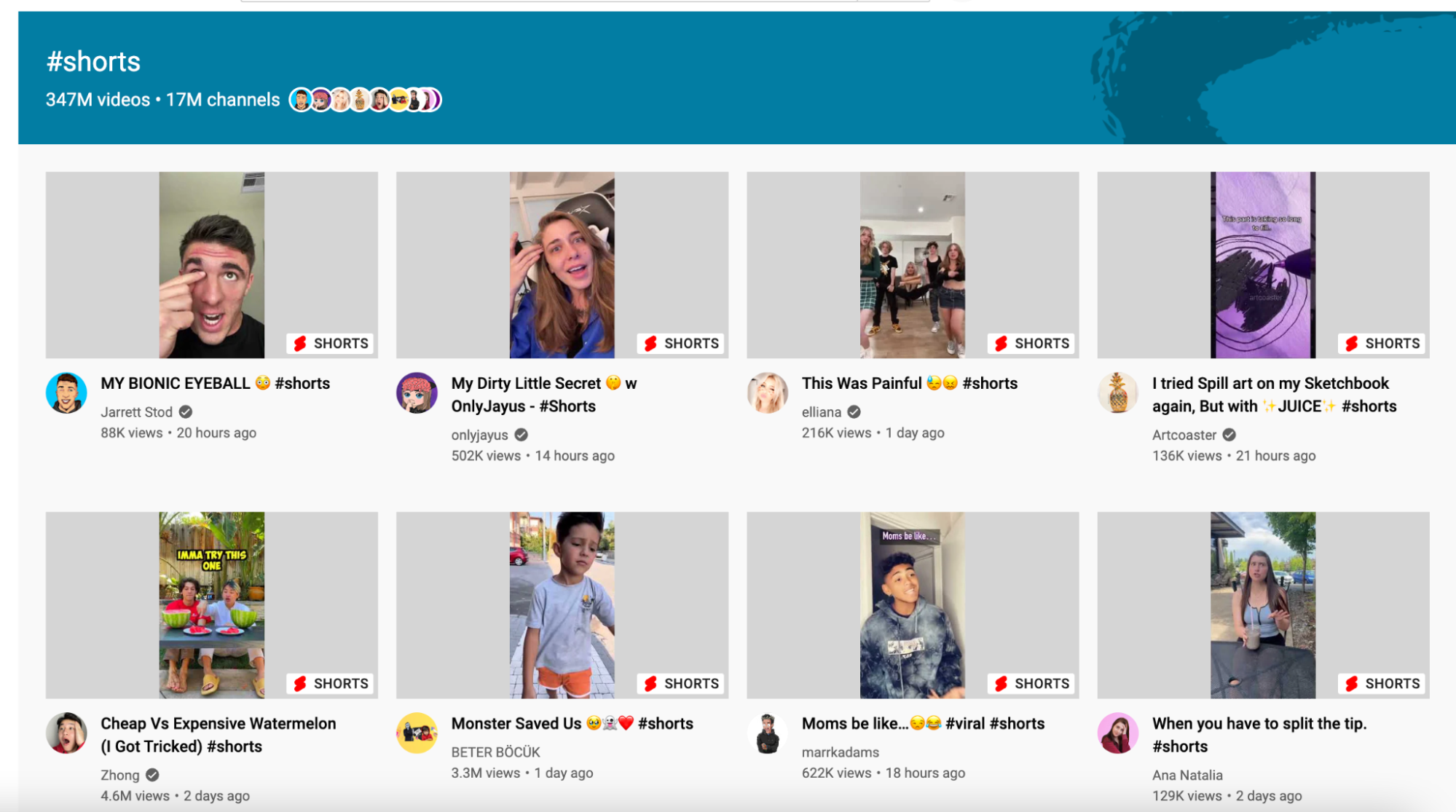
Also looking to rival TikTok, YouTube is encouraging shorter video clips using a new tool that allows creators to turn longer-form content into minute-long Shorts clips.
An estimated 1.5 billion users are now engaging with YouTube Shorts each month, and this move will make it far easier for creators to embed this approach into processes.
Creators can include sections from other videos to make up the 60-second clip and the Shorts will link back to the original long-form and revenue-rich content.
#5 Multiple Facebook profiles to be enabled
Meta is testing allowing Facebook users to create up to five different profiles all attached to one master account, to enable users to switch between identities.
It means people could have, for example, a work profile, another for friends, and one for family—creating feeds relevant to each profile.
It's a nice way to segregate grandma's gardening posts and friends' photos of nights out. The move would also allow users to post content to the people they want to have see it, rather than the current catch-all approach.
This could boost engagement and encourage more sharing, and it also opens up the possibility of users interacting over niche interests, which they wouldn't necessarily feel comfortable sharing in standard feeds.
It could also be a useful tool for universities to move between different audiences and more accurately target organic content.
Perhaps the move is also a precursor to the metaverse?
Mark Zuckerberg recently discussed avatars with more true-to-life depictions of yourself in different life settings, so this alternative profile option feeds into that concept.
And, eventually, these 3D versions of people will be moving about the metaverse. So, this Facebook move might just be about gearing people up for what's to come.
#6 Collaborative Tweets
Co-creation has been a strong trend across social media in recent months, with TikTok's lead on this already being followed by Facebook and Instagram.
Now, Twitter is throwing its hat into the co-creation ring with a test of collaborative Tweets, or ‘CoTweets'.
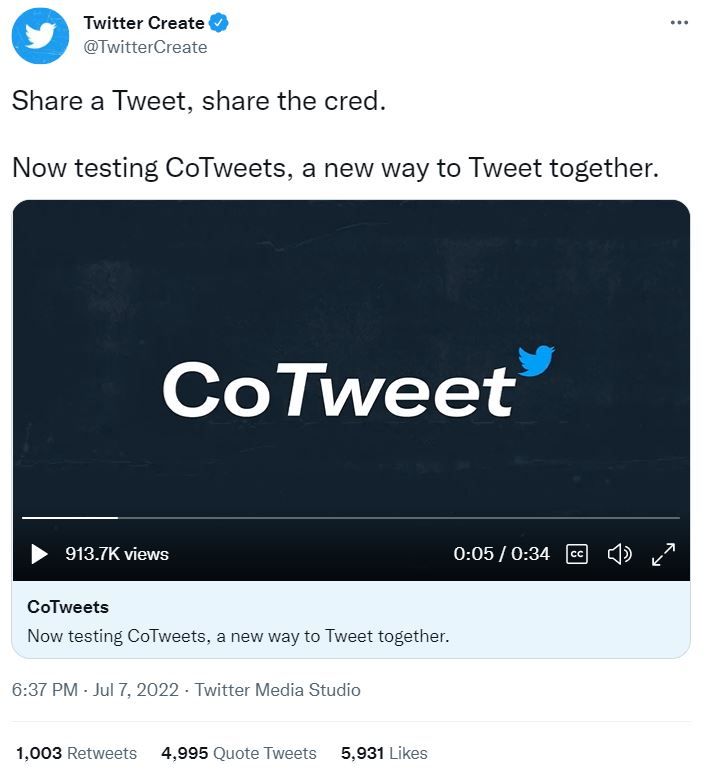
For users with access to the feature test, two people can contribute to a single tweet, which could be particularly handy for influencer (or microinfluencer) and brand collaboration with universities, or even separate faculties within the same college.
It could also be great for content sharing, the principle that TikTok's successful Duet feature is based on, with the ability to post videos from two different creators side-by-side on a split screen.
What do you make of the shift towards more authentic content online? And have you spotted any new social media features that have been useful to your marketing plans?
We'd love to hear your thoughts in the comments below or on social media.
 |
 |
 |
|---|

:format()//media/social-media-roundup-for-higher-ed-rq.png)